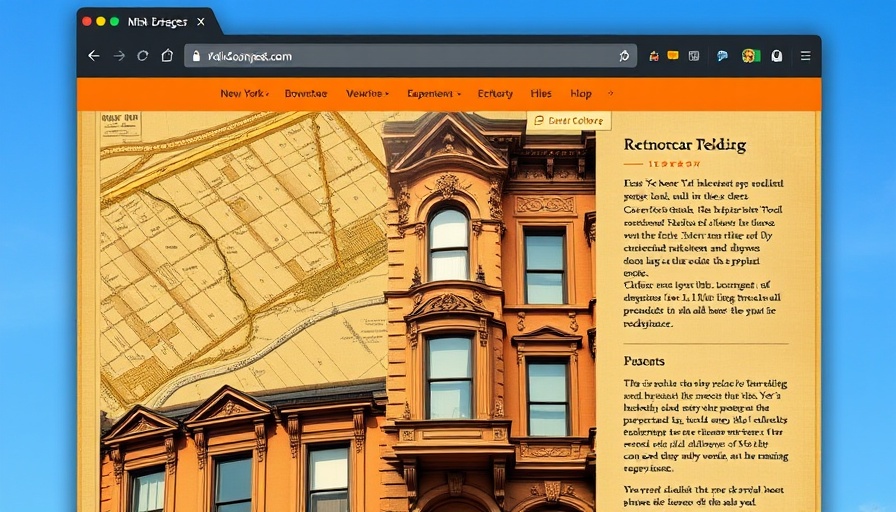
Exploring Two Centuries of Transit Evolution
The history of rail transport dates back 200 years, with roots tracing to 1825 in the United Kingdom when locomotion transformed travel. The first steam locomotive, Locomotion No. 1, launched the Stockton & Darlington railway, heralding mass passenger movement and freight transport. This event not only changed transportation in Britain but also echoed across the Atlantic as American cities began to adopt similar innovations.
The Shift from Horse-Drawn to Electric Transit
Initially, urban travel relied heavily on horse-drawn carriages, but by the late 19th century, the rise of electric streetcars began to reshape city life. Innovators like Frank J. Sprague introduced efficient electric streetcar systems, which swiftly became the preferred mode of urban transportation. This shift not only offered cleaner and faster travel but also played a crucial role in shaping the communities they served.
Regional Impacts and Innovations in NYC
New York City was at the forefront of this transit revolution. From horse-drawn streetcars in the 1830s to the first electric streetcar in the late 1880s, each innovation marked significant milestones in public transportation. The establishment of the subway system would further optimize urban mobility, changing architectural landscapes and business developments across neighborhoods like Greenwich Village and Harlem. Today, Modern streetcars are staging a comeback as cities recognize their potential in addressing urban congestion.
Reflections on the Future of Transit
As we look back on the transformative journey of public transport, it becomes evident that innovation continues to drive our cities forward. The revitalization of streetcars and the push for newer technologies reflect an ongoing commitment to sustainable public transit solutions. As professionals in sectors like law, finance, and healthcare, understanding these transportation legacies can inspire insights into current urban planning and investment strategies.
Why Knowing the History of Public Transportation Matters
In an age where urbanization is reshaping landscapes, understanding the evolution of transport systems is vital. Knowledge of this history enriches our perspective on civic planning and reinforces the importance of integrated transport solutions. It reminds us that every choice we make today builds upon the legacy of those who came before us.
Stay informed on the latest developments in transportation and how the past informs the future. For those in the legal, medical, and financial sectors, this knowledge holds value in understanding the dynamics of economic growth and societal change. Embrace this rich history, and consider how it might influence your professional endeavors.
 Add Row
Add Row  Add Element
Add Element 



Write A Comment